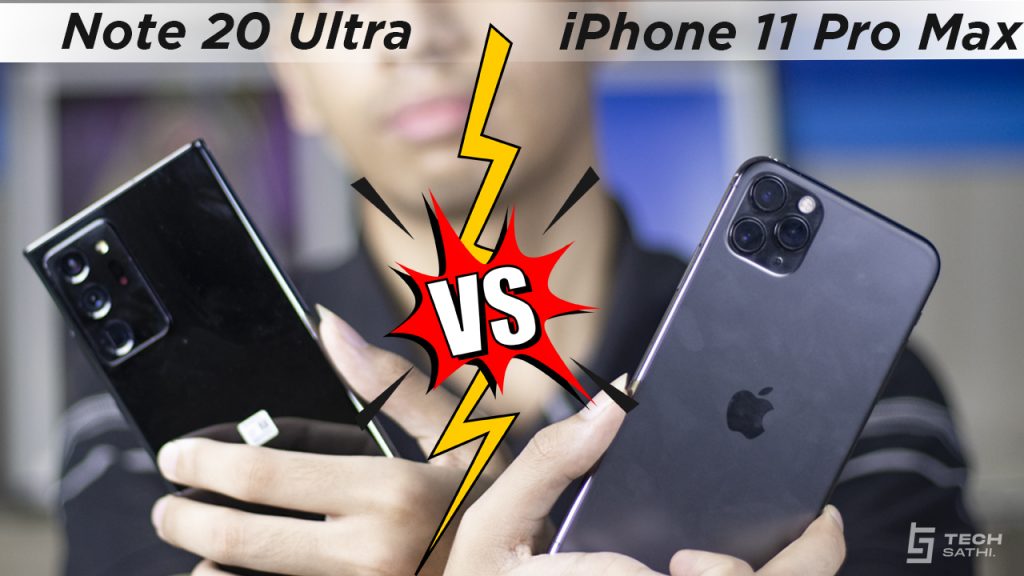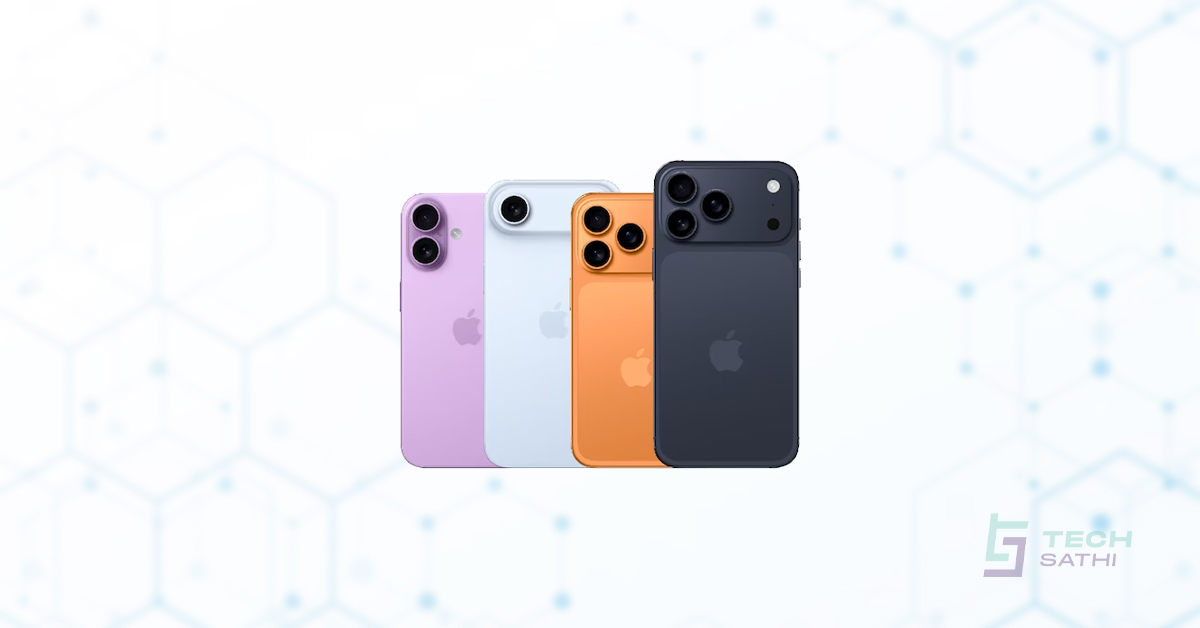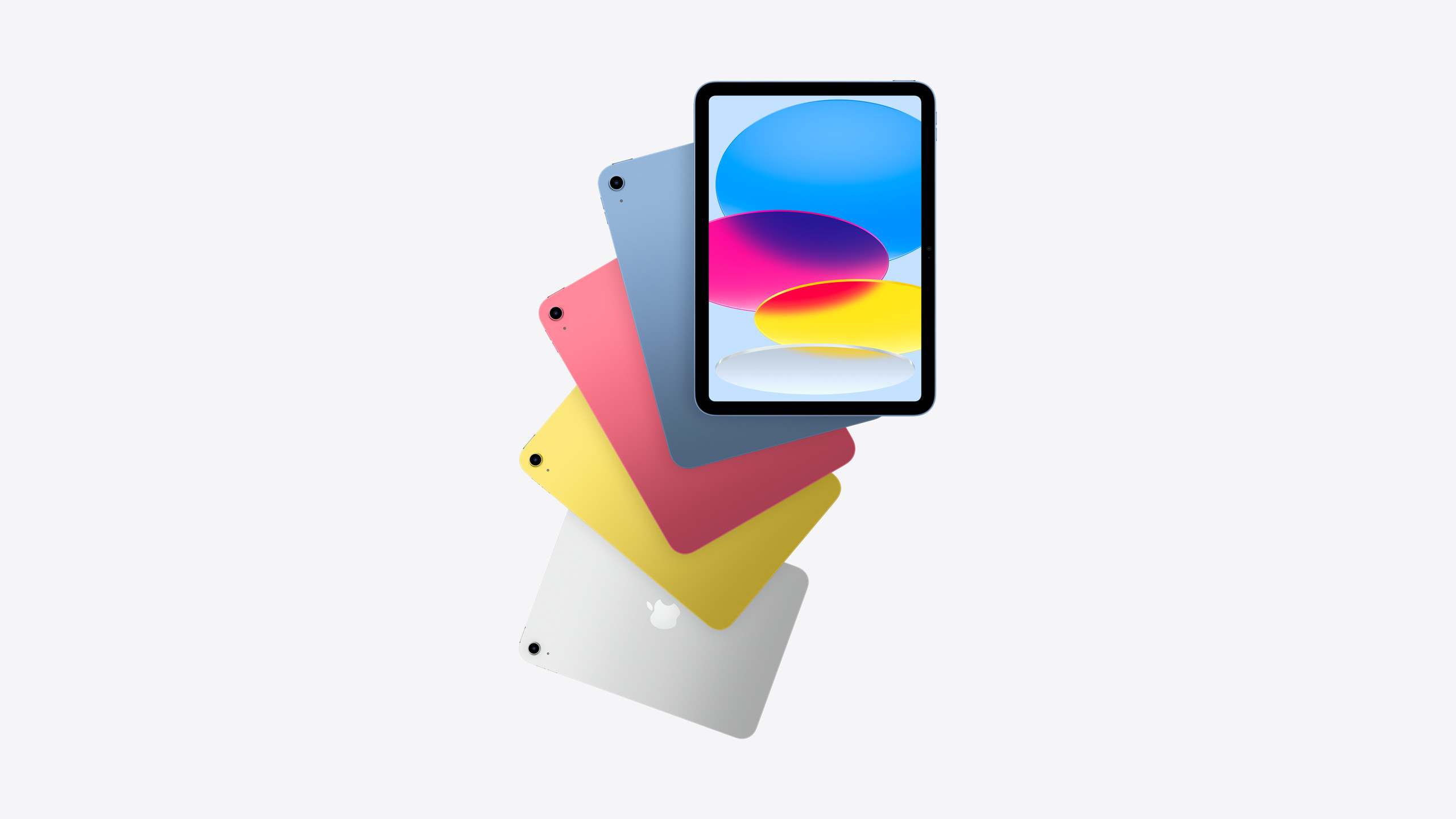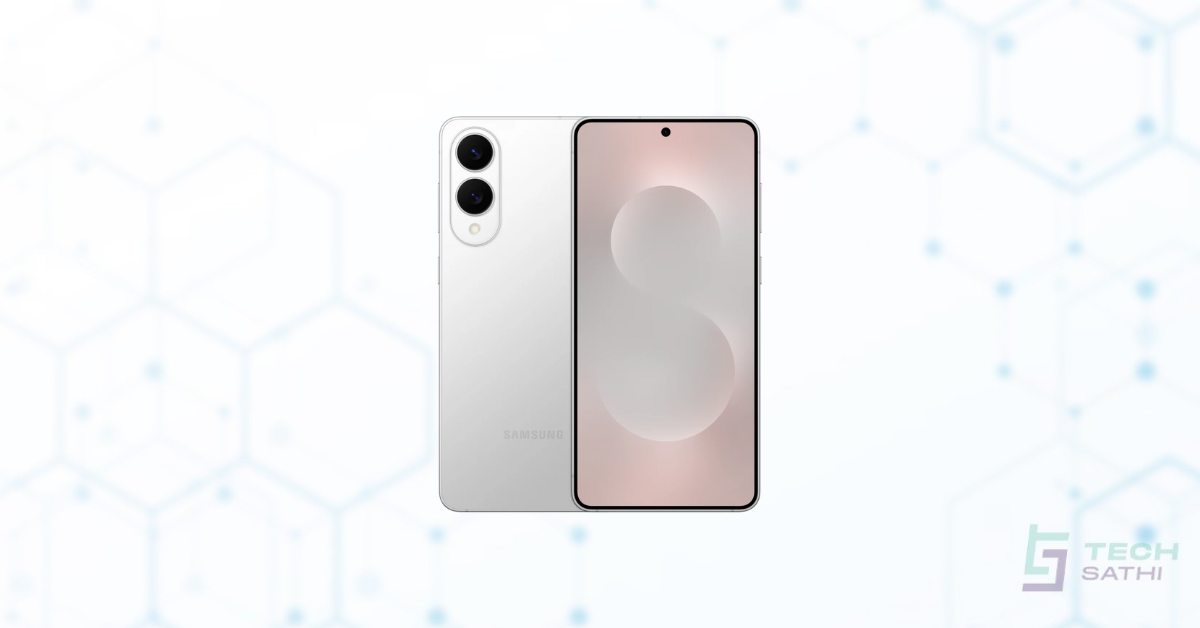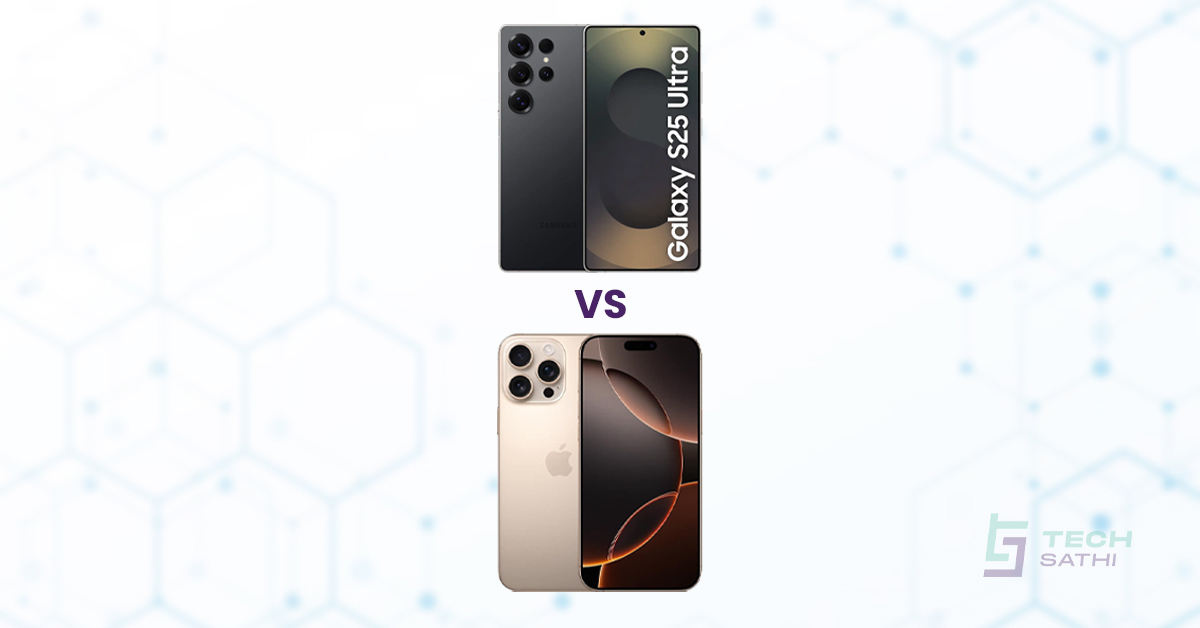Table of Contents
- Specifications
- Build and Design
- Display
- Performance
- Software and Features
- Security
- Connectivity and Sound
- S Pen
- Camera
- Battery
With prices of both the Note 20 Ultra and iPhone 11 Pro Max above 1 lakh, it’s highly unlikely that you will spend your money on both. That’s why I am here today to help you with the clash between the top dogs of Samsung and Apple. Both have their unique set of features and totally deserve a flagship title but here, we will be talking about their differences and you can make your choice depending on the one that is more likely to meet your requirements.
Samsung Note 20 Ultra vs iPhone 11 Pro Max
Specifications: Note 20 Ultra vs iPhone 11 Pro Max
| Galaxy Note 20 Ultra | iPhone 11 Pro Max | |
| Size | 164.8 x 77.2 x 8.1mm (6.48 x 3.04 x 0.32 inches) | 158 x 77.8 x 8.1mm (6.22 x 3.06 x 0.32 inches) |
| Weight | 208 grams (7.34 ounces) | 226 grams (7.97 ounces) |
| Screen size | 6.9-inch Dynamic AMOLED 2X | 6.5-inch Super Retina XDR OLED |
| Screen resolution | 3,088 x 1,440 pixels (496 pixels per inch) | 2,688 x 1,242 pixels (458 pixels per inch) |
| Operating system | Android 10 (under One UI 2.5) | iOS 14 |
| Storage space | 256GB | 64GB, 256GB, 512GB |
| MicroSD card slot | Yes, up to 1TB | No |
| Tap-to-pay services | Samsung Pay, Google Pay | Apple Pay |
| Processor | Exynos 990 | Apple A13 Bionic chip |
| RAM | 8GB | 4GB |
| Camera | Triple lens 108-megapixel, 12MP telephoto lens, and 12MP ultrawide lens rear, 10MP front | Triple lens 12MP wide, 12MP ultrawide, and 12MP telephoto rear; 12MP TrueDepth front |
| Video | 8K at 24 frames per second, 4K at 60 fps, 1080p at 240 fps, 720p at 960 fps | 4K at up to 60 fps, 1080p at 240 fps |
| Bluetooth version | Bluetooth 5.0 | Bluetooth 5.0 |
| Ports | USB-C | Lightning |
| Fingerprint sensor | Yes, in-display | No, Face ID instead |
| Water resistance | IP68 | IP68 |
| Battery | 4,500mAh Fast charging (25W) USB Power Delivery 3.0 Qi wireless charging Wireless Powershare | 3,969mAh Fast charging (18W) USB Power Delivery 2.0 Qi wireless charging |
| App marketplace | Google Play Store | Apple App Store |
| Connectivity | 4G LTE, Wi-Fi-6, GPS, NFC, No FM radio | 4G LTE, Wi-Fi 6, GPS, NFC, No FM radio |
| Colors | Mystic – Bronze Black, White | Matte – Midnight Green, Space Gray, Silver, Gold |
| Price | Rs. 1,40,000 (8GB+256GB) | Rs. 1,62,000 (4GB+64GB) Rs. 1,86,000 (4GB+256GB) Rs. 2,37,000 (4Gb+512GB) |
Build and Design: Note 20 Ultra vs iPhone 11 Pro Max
Both the Note 20 Ultra and iPhone 11 Pro Max have their own stunning design and color finish so, it is all up to your preference. The Mystic Bronze finish on the Samsung is a different breed though. A noticeable difference is the thicker camera bump of the Note 20 Ultra. Note 20 Ultra has aluminum framing whereas iPhone has a slightly more durable stainless-steel frame. It makes the iPhone about 18g heavier than the Note 20 Ultra despite its smaller size. Even though both have glass protection on the front and back, as seen in many drop tests, Note 20 Ultra completes beats the iPhone due to its new and sturdy Gorilla Glass Victus. A good phone case will solve that downside but a win’s a win. Also, there are no extra fancy sliders and buttons on both phones except for the presence of power and volume and buttons. Due to the same IP68 rating, you can stay up to 1.5 meters underwater for 30mins with both phones.
Winner – Samsung (Design – Your choice)
Display: Note 20 Ultra vs iPhone 11 Pro Max
Note 20 Ultra has a larger 6.9-inch display as compared to the 6.5-inch of the iPhone. Due to my large hands, I am able to use both phones with just one hand but both of them are not meant for one-handed use. If you want a smaller size phone, buy the 5.8-inch iPhone 11 Pro. Another battle is between the preference of curved edges on the Note 20 Ultra or the iPhone’s flat screen. The top and bottom bezels are similar on both but the iPhone’s big notch totally spoils the mood. The top mid punch hole of the Ultra perfectly blends in with the display meanwhile hiding a selfie sensor in it.
Samsung has slightly more resolution and pixel density but since both are flagship OLED panels, it is tough to pick a winner in terms of display quality. Note 20 Ultra has higher claimed brightness peaking at 1500 nits whereas the Pro Max says 1200 nits but in real life scenario, both are enough for all kinds of lighting situations. Now, where iPhone completely gets defeated again is the 120Hz refresh rate of the Note 20 Ultra unlike the traditional 60Hz of the iPhone. The double refresh rate makes navigating the UI much smoother and snappier.
Winner – Samsung
Performance: Note 20 Ultra vs iPhone 11 Pro Max
I am sure you already know who’s the winner here. With Nepal’s Note 20 Ultra getting the Exynos 990 chipset and iPhone’s A13 Bionic processor being able to beat even the mighty Snapdragon 865+ in benchmark scores, the gap is huge. Even though Samsung’s faster refresh rate benefits for gaming, PUBG Mobile in Note 20 Ultra still has no 90FPS option. iPhone can run PUBG mobile in HDR and Extreme settings without any lag or stutter but we get less than 40FPS with the same settings on the Note 20 Ultra.
For normal day-to-day multitasking, both phones can handle anything with ease. Despite the presence of only 4GB RAM on the iPhone, iOS utilizes RAM differently than Android so, the 8GB RAM on the Ultra doesn’t make too much of a difference. Another thing to be wary of is that Note 20 Ultra heats up easily even when using the camera app or doing benchmarks. But the temperatures aren’t something to be worried about.
Winner – iPhone
Software and Its Features
Note 20 Ultra runs on Samsung’s latest One UI 2.5 on top of Android 10 whereas iPhone 11 Pro Max recently got the latest iOS 14 updates. Now, these are completely different ecosystems so it’s up to you again to decide and use the one you are familiar with. iOS 14 added some new features like widget customization which was actually available on Android years ago, but I have to admit the iPhone did it better. But Samsung has a lot of useful features on the Note 20 Ultra like Wireless DeX, Link to Windows, Music Share, Live Transcription, Secure Folder, and much more. Samsung has improved its security with Knox and promised 3 years of software updates for the Note 20 Ultra competing with iPhone’s already established strong points. Both devices have free cloud backup for your contacts, apps, and settings but you will need to pay extra when you exceed a certain limit.
Winner – Tie
Security
Apple has 3D secured Face ID which seems to be causing problems for many people during this pandemic as we all are wearing masks. There are alternatives to make the Face ID work even with masks on but you need to spend some extra effort to configure it which is still not 100% accurate. So, Samsung wins in this department with its in-display ultrasonic 3D fingerprint scanner. It is slightly slower than Face ID but not enough to make a drastic difference and it even works with wet hands. Samsung also has Face Unlock but it isn’t as secure as in the iPhone.
Winner – Samsung
Connectivity and Sound
Both phones have all sensors you will require in a 2020 smartphone along with NFC and GPS support. Both have the latest Bluetooth 5.0 and Wi-Fi 6 technology but we have no use of Wi-Fi 6 in Nepal yet. Sadly, both phones available in Nepal do not come with 5G support so, you will probably have to change your phone in a couple of years once 5G becomes accessible everywhere.
Both phones have very good stereo speakers which are loud and crisp with Dolby Atmos support for all of your audio listening scenarios. Here are the audio samples.
Winner – Tie
S Pen
Apple Pencil is only available for its iPad lineup whereas Note 20 Ultra stands out from all other smartphones with its new and improved S Pen that delivers a latency of just 9ms. And unlike Apple pencil, you don’t have to pay extra for it. Using the S Pen, you can do a lot of things that aren’t possible with a finger on the iPhone like converting your writing into digital text, signing online documents, drawing art, using air actions, taking remote selfies, and much more. Yes, the S Pen is pressure sensitive and is suited for professional artists as well. Overall, one cannot deny this advantage of Note 20 Ultra over any other smartphone lineup.
Camera
Both phones have a triple rear camera setup on the back and a single selfie sensor upfront. Here are the specifications for both.
Now, you should know that higher megapixels don’t make a camera setup better. If that was the case, Google Pixel phones wouldn’t be beating all other smartphone cameras. The main sensor of the Note 20 Ultra does pixel binning to produce a 12MP image similar to the 12MP captured images of the iPhone. The 108MP mode of the Ultra does have more details but the software processing is weak unlike in the 12MP images.
The 12MP images from both have good color reproduction and details while the dynamic range seems to be changing for both depending on the scenario. Sometimes the iPhone does it better whereas sometimes the Note 20 Ultra. Even though both phones have the same megapixel count and focal length on their ultra-wide lens, the one on the iPhone seems to have a slightly wider field of view whereas the dynamic range on Samsung is much better. In terms of clarity and colors, both are equally accurate. It’s also good to see that switching between main and ultrawide is seamless on both phones and there is no drastic change in the colors between them.
Now in 2x zoom, iPhone switches to its telephoto lens which is capable of 2x optical zoom whereas Samsung only crops in from its main sensor. At 5x zoom only, Note 20 Ultra switches to its telephoto, and the clarity become much better on the Ultra even up to 10x digital zoom. Though the 50x digital zoom of the Note 20 Ultra won’t be used that often, it does lets you get very close and the letters at that distance are even readable which wouldn’t be possible with our naked eye.
In terms of selfies, both phones produce detailed pictures with a good dynamic range and there is a wider option for selfies on both. I do like the skin color on the iPhone. It seems more natural.
For rear portraits, both are very good in ample lighting conditions with proper edge detection and high dynamic range but due to the larger sensor, the bokeh seems better and more natural on the Note 20 Ultra. The disadvantage is that for close-ups, the smaller sensor on the iPhone can cover more area in focus. Also, the 2x zoomed-in portrait on the iPhone is taken with its telephoto lens making it better than the 2x portraits taken by the cropped in the main sensor of the Note 20 Ultra. The edge detection on the selfie portraits is slightly bad on both phones as compared to their rear cameras but the dynamic range and clarity are quite good. Samsung wins here with its wider selfie portrait option which is missing on the iPhone.
In low light, photos are okay but not that presentable unless you turn on night mode available on both phones. Night mode drastically improves the picture quality, details, dynamic range, and colors. Note 20 Ultra has better noise processing than the iPhone along with the availability of Night mode on its ultrawide and selfie sensors as well which is a great benefit.
Moving on to videos, 4K 30fps ones are the best bet with great colors, details, and dynamic range with great stabilization on all 4 sensors of each phone including their selfie sensor. The main and telephoto lens of both phones comes with optical image stabilization as well but the fast-moving videos on the Ultra seem less sharp and sometimes out of focus when compared with the iPhone. Also, the ultrawide on the Note 20 Ultra seems to be the only sensor with no 4K 60fps option and it has fixed infinity focus which may be a downside for many people as it was for me.
Note 20 Ultra has a tracking autofocus option for its rear camera videos except for its insane 8K 24fps option. 8K video doesn’t have good stabilization as it uses a large part of the sensor but the more details are obviously there when you view it in a larger display. Personally, I think 8K is still too early for a smartphone. You can only zoom up to 20x in video mode in the Note 20 Ultra unlike 50x in photos. The zoom options are locked in various modes of the Note 20 Ultra which can get confusing so, I recommend you go watch our detailed camera review video of the Ultra.
In low light videos, Note 20 Ultra is brighter due to its larger sensor but the videos aren’t that good from both phones. Note 20 Ultra has less noise but makes the details softer. Ultrawide and telephoto night videos are worse than the ones from the main sensor.
Pro Mode on the Note 20 Ultra’s default camera app is much more versatile than on the iPhone which requires a third-party app like Filmic Pro to do those things.
In conclusion, both phones equally versatile cameras and are deserving of a flagship but Note 20 Ultra wins here due to night mode on all its sensors, great in-built Pro Mode, and that 8K video option.
Winner – Note 20 Ultra
Battery
iPhone 11 Pro Max has the best battery in its lineup at 3969mAh with 18W fast charging support whereas Samsung has 4500mAH with 25W fast charging. On paper, it may seem that Samsung is better but we all know that in the end it all comes down to the optimization of battery by the software. In our continuous mixed usage with 50% brightness, 4G SIM calling, 2.4 GHz Wi-Fi connection, 4K video recording along with an hour of PUBG mobile on the highest possible settings, Note 20 Ultra was battery dead after just 6 hours and 50 minutes whereas Pro Max easily beat it with its 8 hours and 40 minutes battery backup. On normal day-to-day usage, I needed to charge the Note 20 Ultra by the end of the day whereas the iPhone 11 Pro Max lasted a full day and more. This is probably due to the larger screen and 120Hz refresh rate on the Note 20 Ultra but still, I think Samsung could deliver better battery endurance with upcoming software updates.
Both phones come with their respective fast chargers in the box which is good to see. Now, in our test, Note 20 Ultra was able to go from 0 to 100 in 1 hour and 15 minutes whereas iPhone 11 Pro Max took an astounding time of 2 hours and 20 minutes. This may come as a shock for many people but the iPhone needed 1 hour for its last 8% battery. The temperature at the end of charging was around 10 degrees Celsius lesser on the iPhone but I have no way to know how much this impacts the battery life in the long run. Since it is not recommended to fully charge your smartphone all the time, both the phones can give you around 80% battery under 1 hour and 15 minutes. Both phones support wireless charging at a similar speed but Samsung can also charge other devices wirelessly on its back.
Winner – iPhone
Also, Read || Samsung Galaxy Note 20 Ultra: Long Term Review!
Verdict: Note 20 Ultra vs Iphone 11 Pro Max
Samsung Note 20 Ultra is the clear winner even with its inferior Exynos chipset. In the context of Nepal, many people do not buy an expensive smartphone just for gaming, but if you are among the few that do, buy something like the OnePlus 8 Pro, Black Shark Magic 3, or ASUS ROG Phone 3. Samsung secured a win in more than half the categories we discussed and with its 256GB variant nemesis costing Rs. 46,000 more; I don’t think I will have to prove my point any further.
If you have any dissatisfaction with our comparison of Samsung Note 20 Ultra and iPhone 11 Pro Max, we are more than delighted to have a go in the comment section down below.


